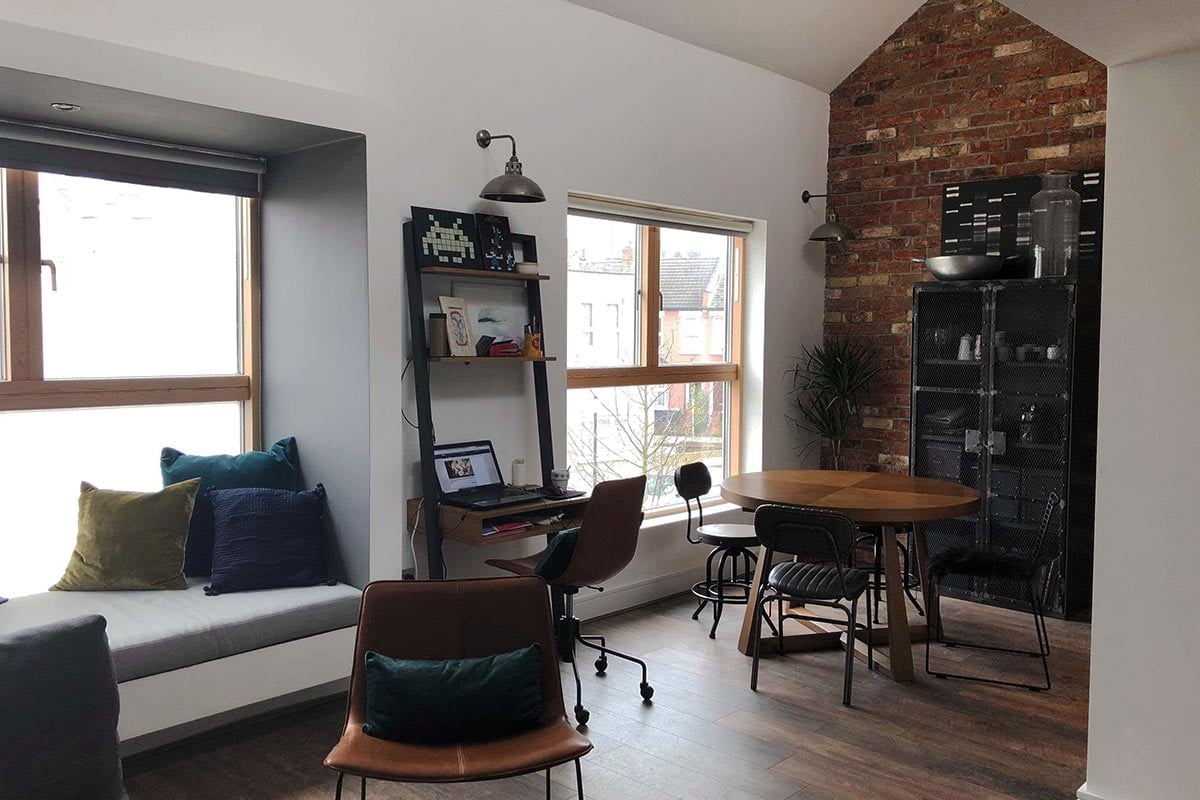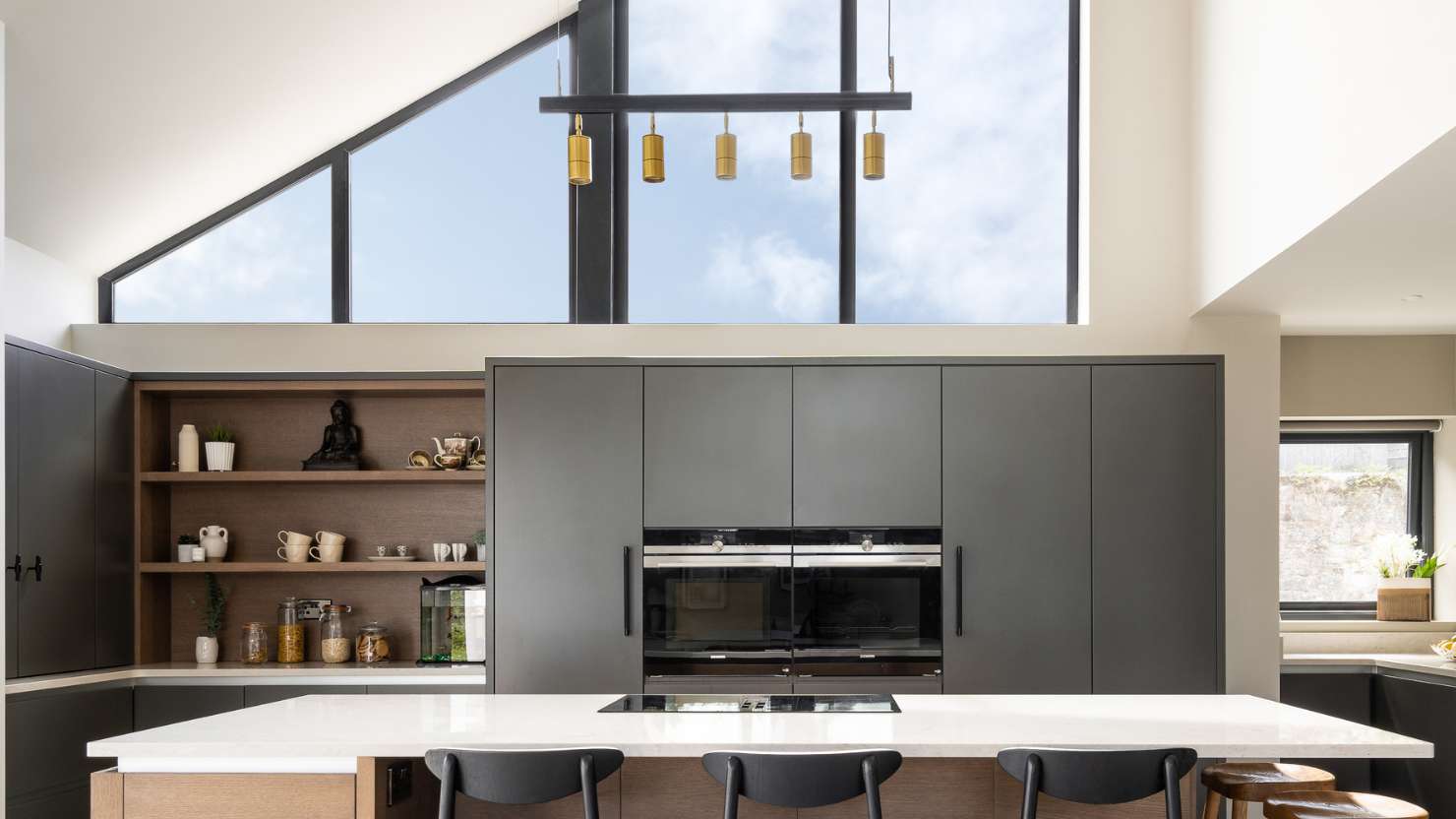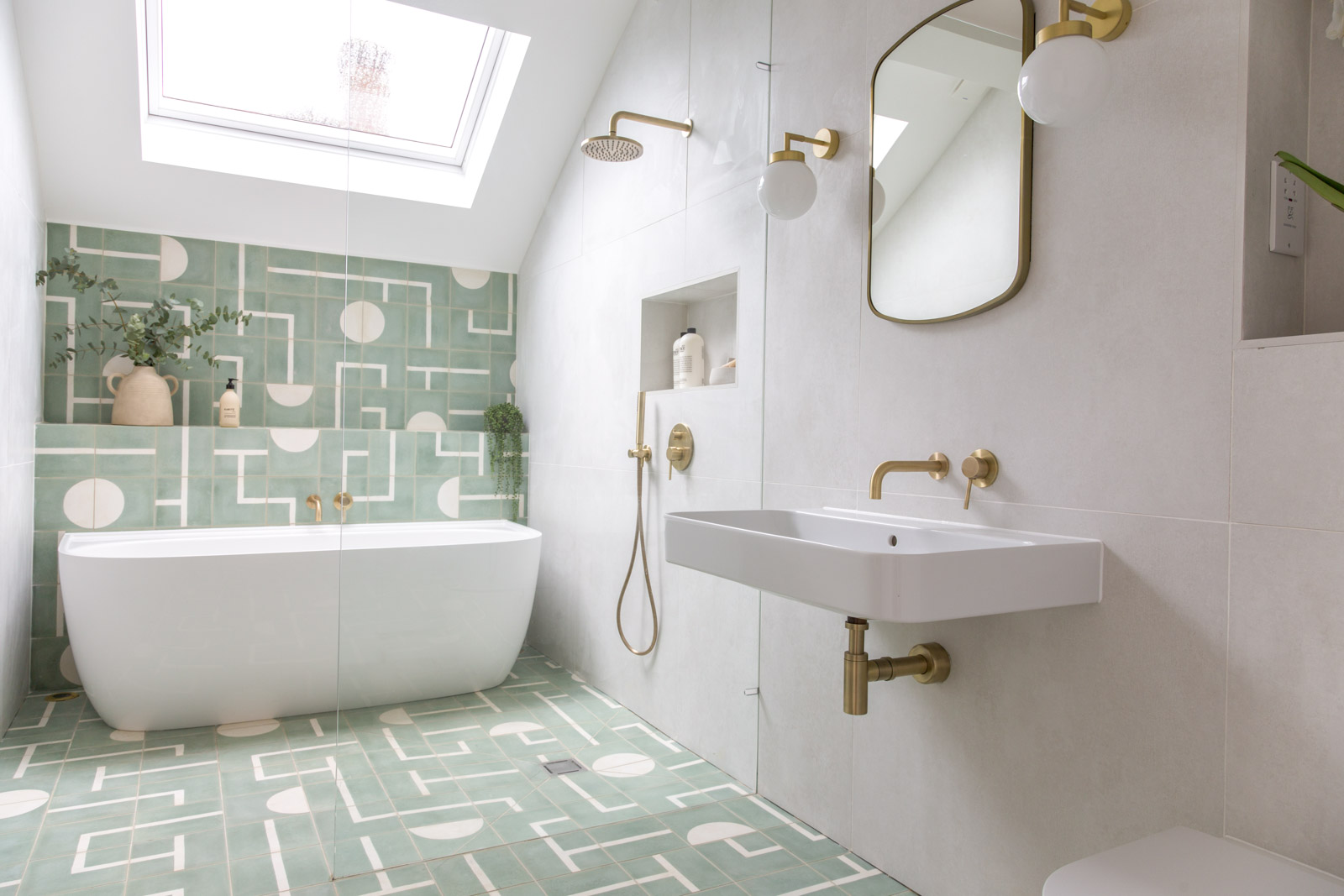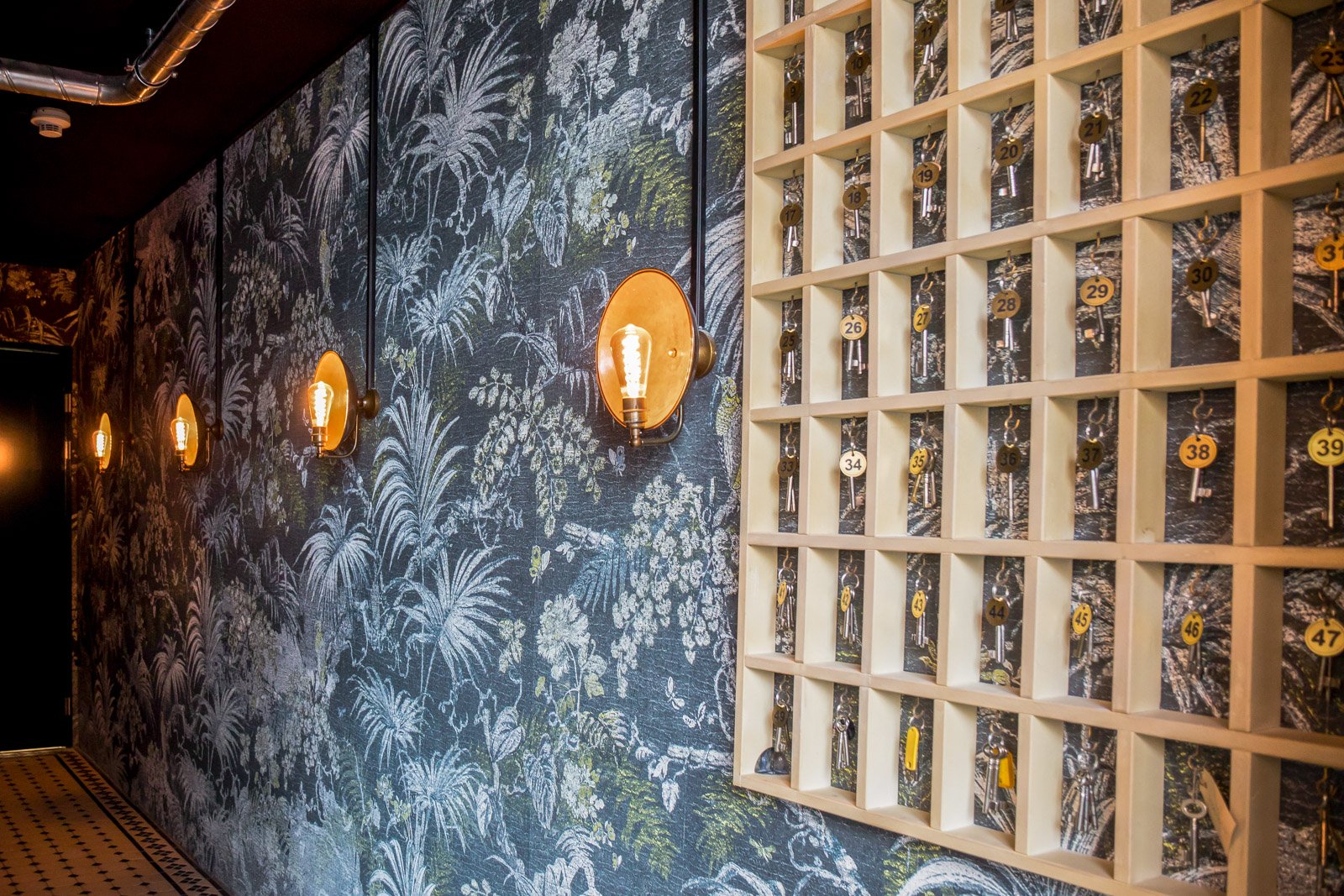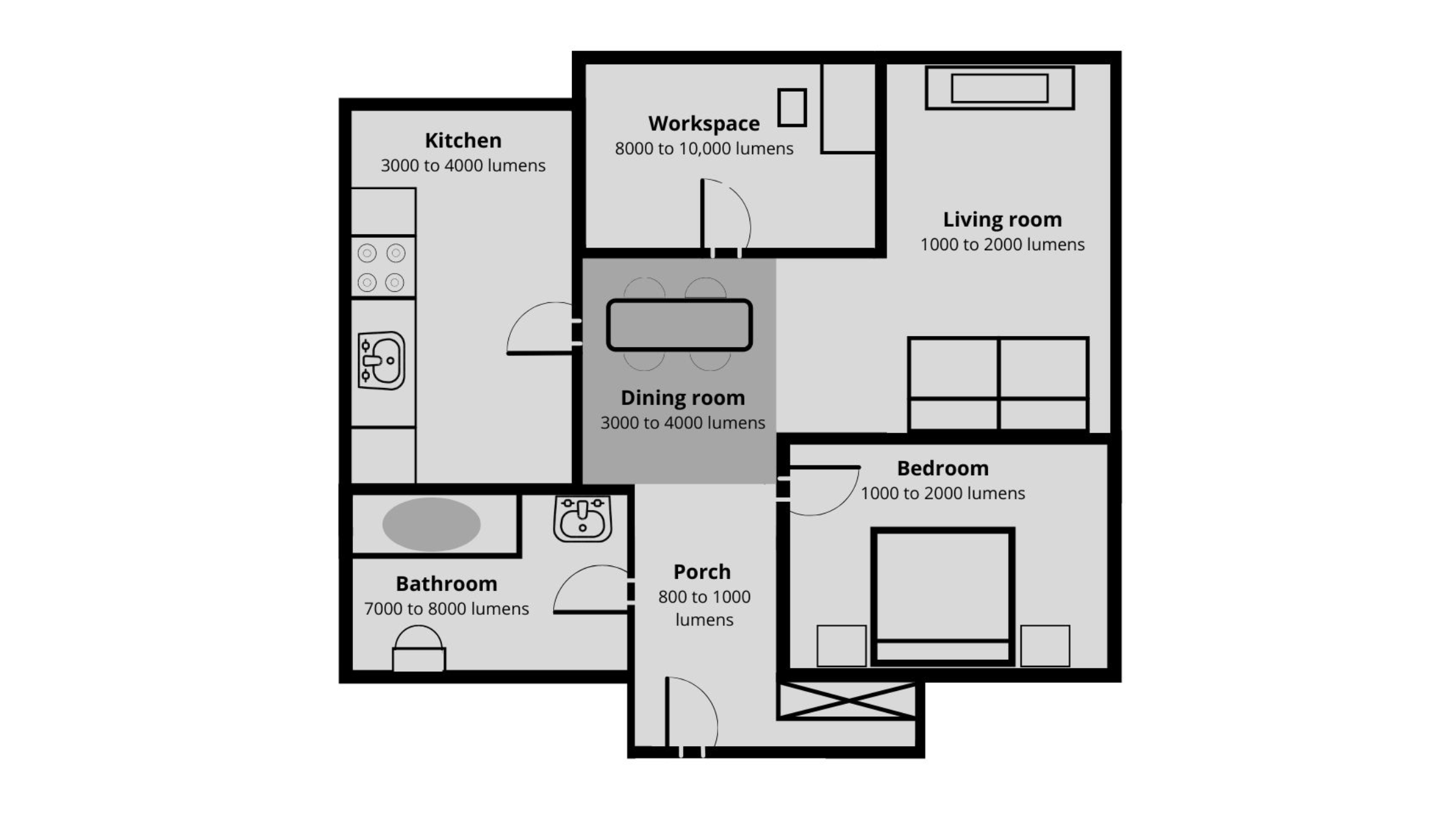
A Guide to Calculating the Amount of Light Needed in a Room
Have you been considering buying new light fixtures for your home but can’t get your head wrapped around just how much light you need?
Don’t worry! We’ve put together a guide to help you understand the science behind lighting indoor spaces.
We spoke to lighting planning specialist Martinas Simutis to help us illustrate the process of choosing the right lighting for different rooms. We often rely on Martinas’ experience and suggest his consultancy service to many of our clients.
The Importance of Good Lighting
“Lighting is a very powerful tool in architecture and interior design. It has the ability to change perception of space without any physical boundaries,” says Martinas. “It can make a small room feel bigger; it can make a large and uninviting space feel cosy and intimate. It can enhance and engergise the mood or calm us down.”
He explains that light in general plays a very important role for humans. We rely on our internal clock to regulate our functions. Bad lighting can disrupt our body’s natural patterns, leading to changes in our energy levels and it can even affect our mood.
When it comes to lighting, there are plenty of things to consider, from the light source to colour temperature and the angle of the beam. These can all influence the atmosphere of the room.
However, in this guide, we are going to focus on calculating the amount of light needed to adequately light a room.
The Math Behind it
“The question of what is enough light is difficult enough but when faced with having to calculate how much lighting you need to create a well-lit space, it can become a bure more complicated,” says Martinas.
However, there is no better way to know that you’ve chosen enough light for your room than to do the math behind it! Martinas explains how you can do these calculations yourself:
Step One: Determine Room Square Footage
Multiply the length of the room by the width to get the square footage of the room. For example, if the room is 10 feet wide and 10 feet long, the room will be 100 sq. ft.
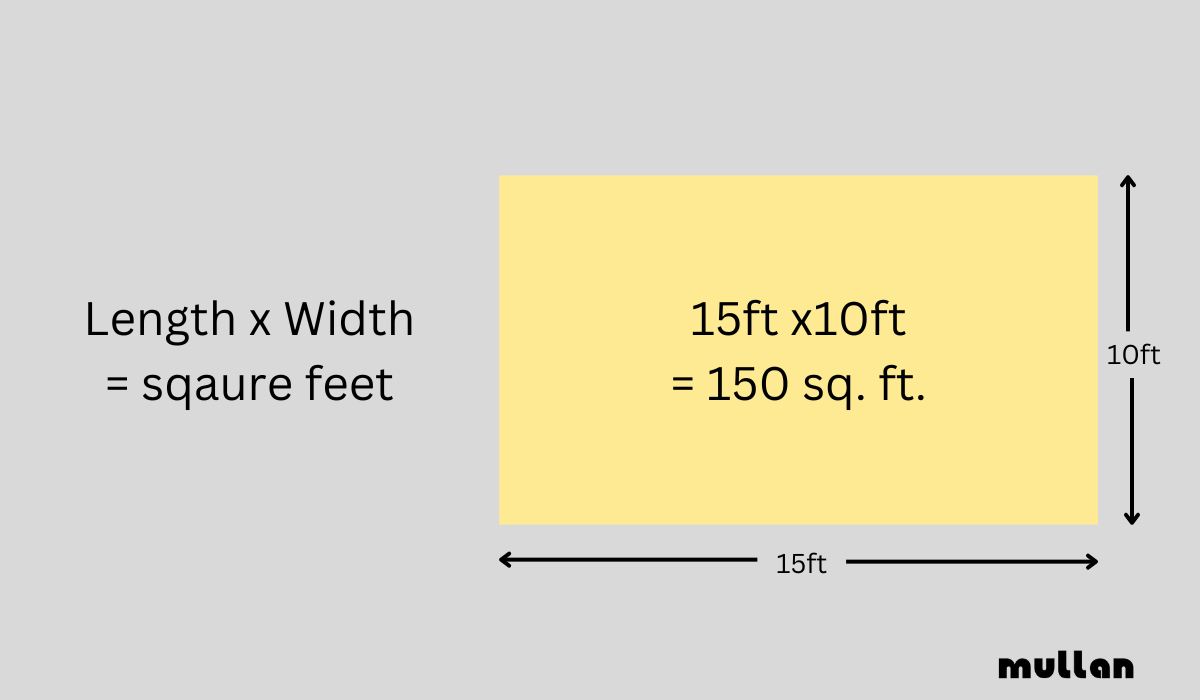 Square foot formula.
Square foot formula.
Step Two: Determine the Foot Candles by Room Type or Room Purpose
A foot-candle is how bright a light is one foot away from its source. Lighting requirements vary depending on the type of room being lit. For example, a bathroom or kitchen will require more foot-candles than a living room or bedroom.
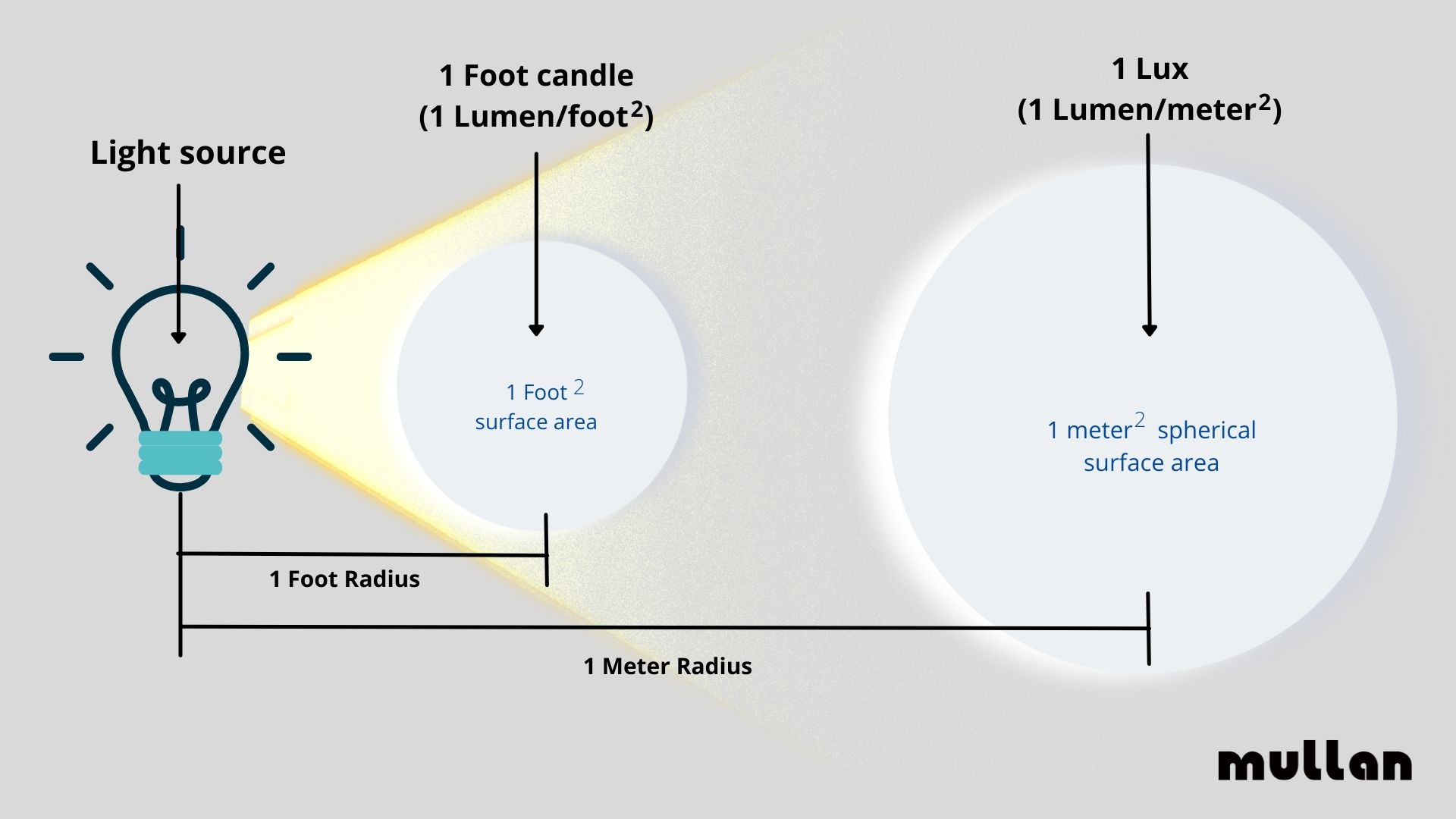 Foor candles.
Foor candles.
Step Three: Determine the Required Lumens
A lumen is a unit measurement of light. To determine the required lumens, you will need to multiply your room’s square footage by your room foot-candle requirement. For example, a 100 sq. ft. living room, which needs 10-20 foot-candles, will need 1,000 - 2,000 lumens. A 100 sq. ft. dining room, which needs 30-40 foot-candles, will need 3,000-4,000 lumens.
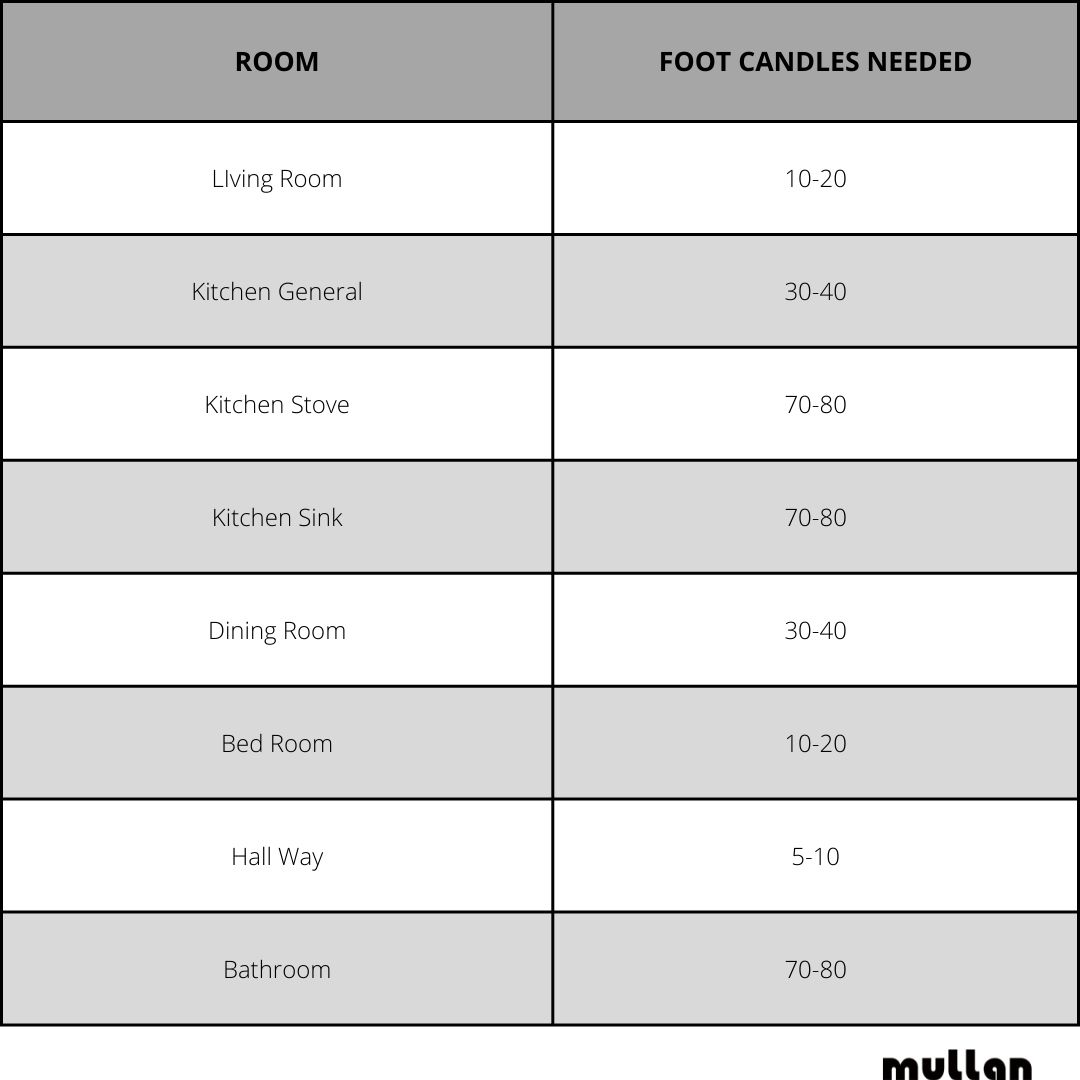 A guide to foot candles by room.
A guide to foot candles by room.
A Quick Summary
For the average space of 250 sq. ft., you will need roughly 5,000 lumens as your primary light source (20 foot candles x250 square feet). In your dining room, you will want about 30 lumens per square foot on your dining table (you want to see your food, but not examine it), so if your table is 6 x 3 feet, that is 540 lumens.
Your Interior Can Affect How Much Light You Need
When trying to measure the quantity of light needed for a particular room, it is also important to consider the interior design.
If you have especially dark coloured walls and furniture, or if you are using fixtures with shades, you will roughly need an additional 10 lumens per square foot.
High ceilings also require more light, as do rooms with lots of furniture, display items or complex geometry.
“Personal preference will play the largest part in your decision. If you like the room to be especially bright, you may want to add an additional 10 to 20% to your number,” says Martinas. “The best approach for most spaces is to aim high and install dimmers to bring the light level down to desired levels.”
Determine the Function of the Room
“It also depends on the function obviously, what kind of light is required,” explains Martinas.
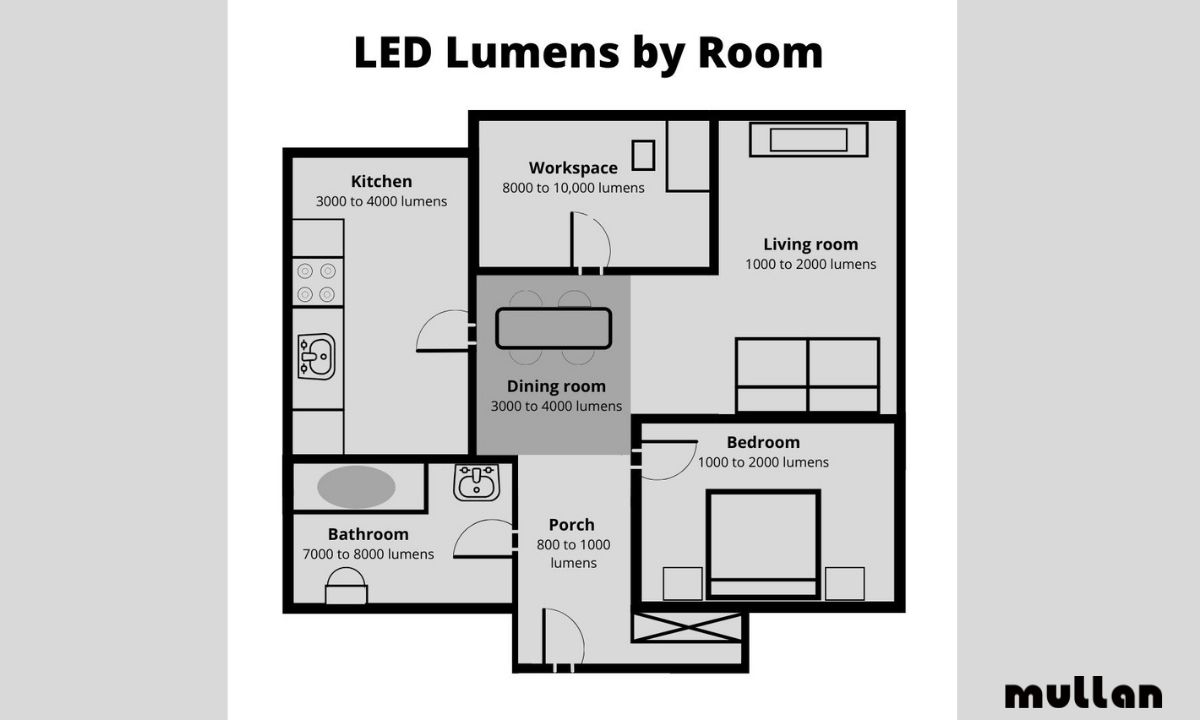 A guide to LED lumens by room.
A guide to LED lumens by room.
Living rooms and bedrooms can be more atmospheric, so they will require different types of lights or a combination of them. Ambient lights. Which are usually your ceiling lights, are needed for general tasks, such as cleaning and being able to move around the room.
Bright task lights can be implemented for functions that require more focus like reading and applying make-up.
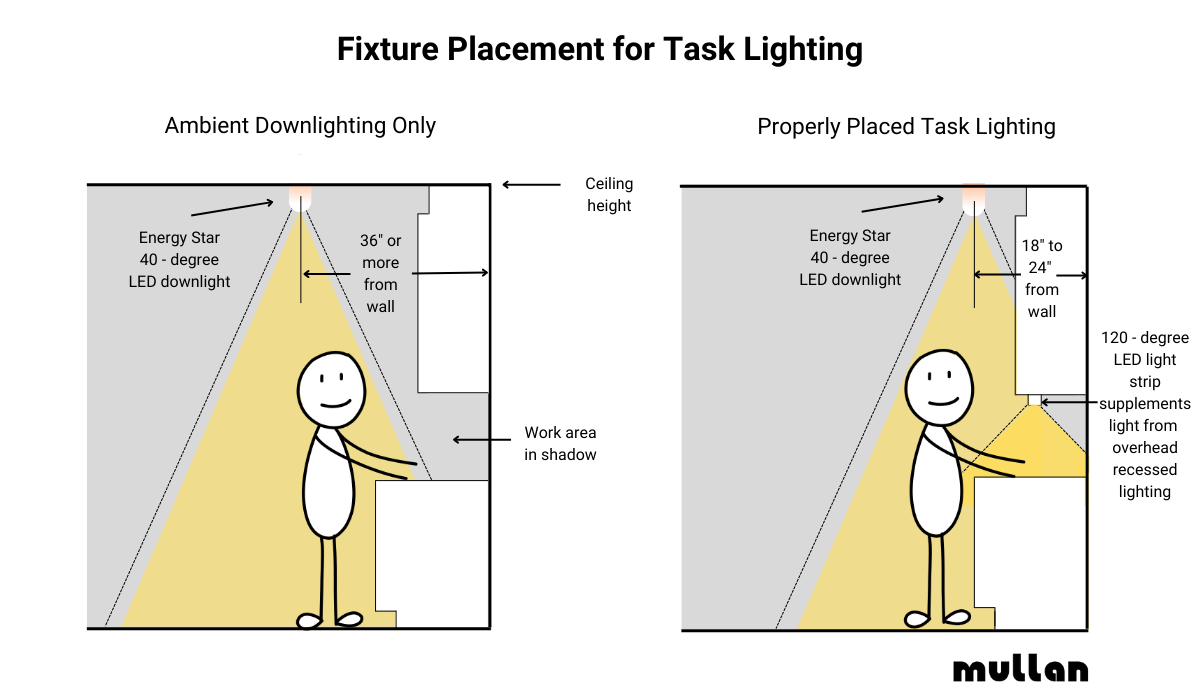 Fixture placement for task lighting.
Fixture placement for task lighting.
Accent lighting is more decorative and helps to create an atmosphere in the room.
When calculating the amount of light needed, it is essential to consider the requirements of the room. As mentioned before, the areas where you will be performing tasks will need more lumens per square foot. This could be over your kitchen island, the dining room or in the shower.
We hope this guide has given you a better idea of how lighting plans work. Happy lighting!

